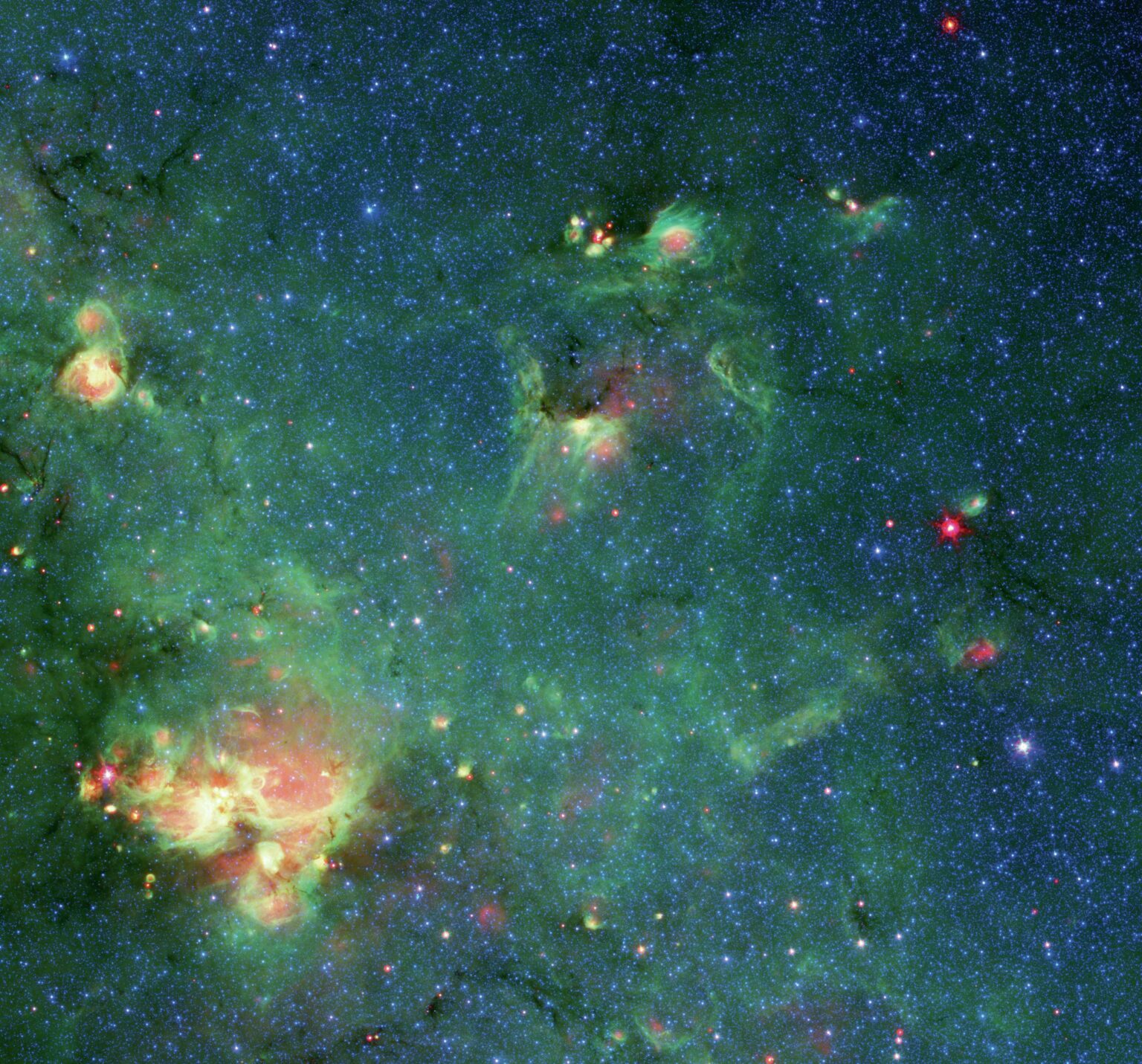THE SOUTHWORTH PLANETARIUM
70 Falmouth Street Portland, Maine 04103
(207) 780-4249 usm.maine.edu/planet
43.6667° N 70.2667° W
Altitude: 10 feet below sea level
Founded January 1970
2021-2022: CXXIX
"Four recent college graduates- a chemistry major, a physics major, a mathematics major and an astronomy major-are speaking at a local coffee shop. At one point, the physics major said, "You know, chemistry is really just applied physics." The others then enjoyed a laugh at the chemistry major's expense. Then, the mathematics major added, "You know, physics is just applied mathematics." At that point, the others enjoyed a laugh at the physics major's expense. The astronomy major then piped in, "You know, mathematics is just a subsection of astronomy." While the others laughed, the mathematics major looked at the astronomy major and said, "Very funny. Now, run off and bring us our order."
-a joke someone sent me this weekend.
THE DAILY ASTRONOMER
Monday, May 23, 2022
Celestial Godzilla
Today we experience the unalloyed joys of apophenia!
If, like me, you're about to ask, "Who is she," please know that apophenia is not a lady, but is a term referring to the human tendency to perceive a meaningful pattern within random or unrelated shapes. For instance, when I was a wee lad, a friend and I reclined on the lawn and gazed up at the clouds. "I see a castle in that one," I said. My friend replied, "Hmm....it actually looks more like the hemagglutinin structure within the alphainfluenzavirus." (If you're growing up in a college town, brace yourself.)
Apophenia is believed to have developed far back in our history, during the time when most humans were primarily concerned with seeking nourishment while avoiding predators. Many predators and prey animals were -and still are- adept at camouflage. Consequently, our ancestors became keenly aware of their environments and cultivated the skill of perceiving familiar shapes such as hungry beasts or tasty rodents in all sorts of niches and crannies. Even though all we modern humans have to do to acquire food now is travel to the local market with an offering of an arm and a leg, we've still retained this apophenistic instinct.
So, tell us, can you see Godzilla in the image below?

Do you see the two red eyes toward the top? Or, perhaps the vague outline of a head. Perhaps you can see the nebulous body toward the center or the grasping hand at the image's lower left?
If you see the monster, be not alarmed. This image is taken from GLIMPSE: the Galactic Legacy Infrared Mid-Plane Survey Extraordinaire. GLIMPSE consists of two million images of the Milky Way Galaxy captured by the Spitzer Space Telescope. The aim of this project was to produce a comprehensive survey of the galaxy in infrared light. Although the survey was completed in 2014, some of the images, including the one above, have been recently reprocessed and released to the public.
Godzilla's "hand" is actually a giant molecular cloud designated as W33. Located 7,800 light years from Earth in the constellation Sagittarius, W33 spans 33 light years and is a prodigious producer of highly massive stars. The survey found 14 highly massive stars which formed within the last seven million years. Also, a 15-solar mass star is also currently forming within this region. Godzilla is a monster star maker!
But, no worries, this monster is quite far away and, provided that one strays far clear of the energetic stellar cauldrons, quite harmless.
To subscribe or unsubscribe from the Daily Astronomer: